Safety belt
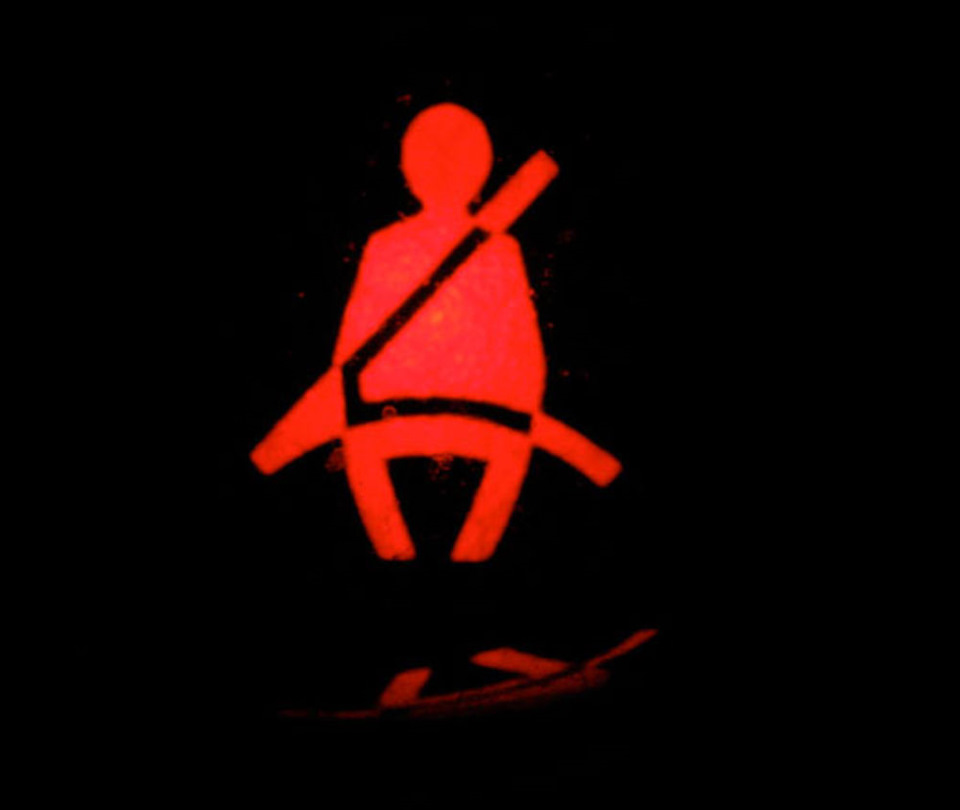
In the history of the development of cars there are several serious breakthroughs, when new inventions began to be used by all manufacturers and sometimes even became mandatory. One of such important events was the concern for the safety of the driver and passenger, the symbols of which, perhaps, are belts and airbags.
Such an adaptation as a "safety belt" was patented in 1885 and was intended for "attaching a person to a stationary object. On the car, then no one else thought. With the wide distribution of cars in different years, the inventors offered their vision of how to protect the driver and passengers in the event of an accident.
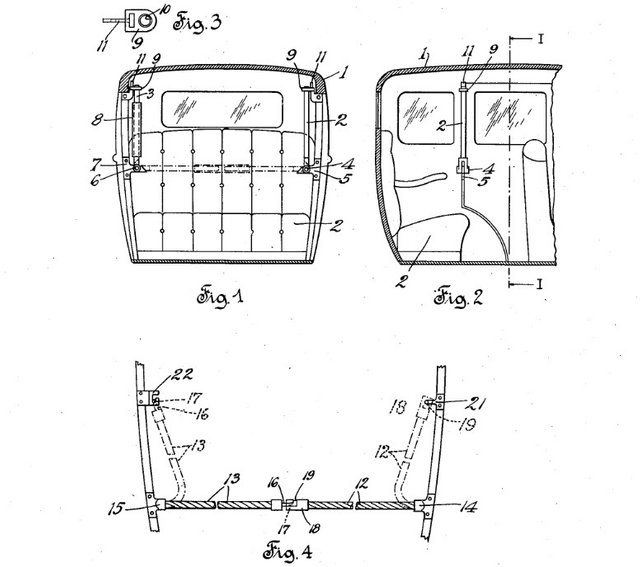
In 1934, belts for rear passengers were patented in the US - the invention was called the "stabilizing device for passengers in a car". Although it seems that stretched at a distance of 30 cm from the passenger's chest strap is unlikely to make the trip more secure. Then the waist belt was patented, however, for all who are on the front or rear sofa at the same time. The seat belt in a form familiar to us was first patented in 1955 and it began to be applied about the same time, and immediately on both sides of the ocean.
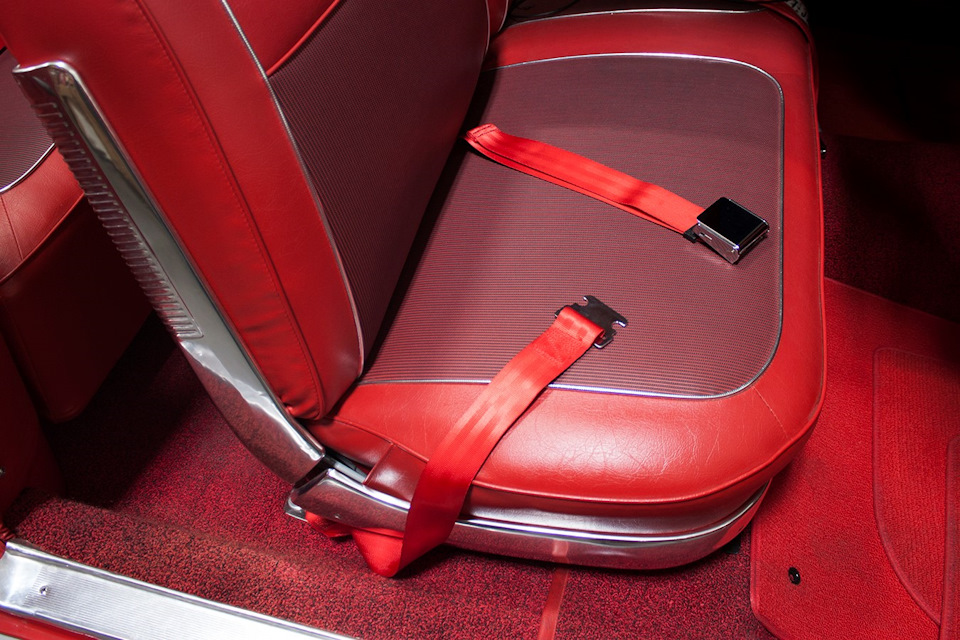
Since 1949, American automakers have begun offering safety belts as additional equipment. A person could choose whether he wanted to take care of his own life or would prefer to save a few bucks and rely on the will of the case. The first with the offer of seat belts to customers was the Nash brand, in 1955 this option was offered by Ford. Only waist belts were offered. In Europe, the highest mortality in an accident was first noticed by the Swedes and already in 1958 at the auto show in New York, the first production car with a belt in basic equipment, which was the Saab GT750, was shown.
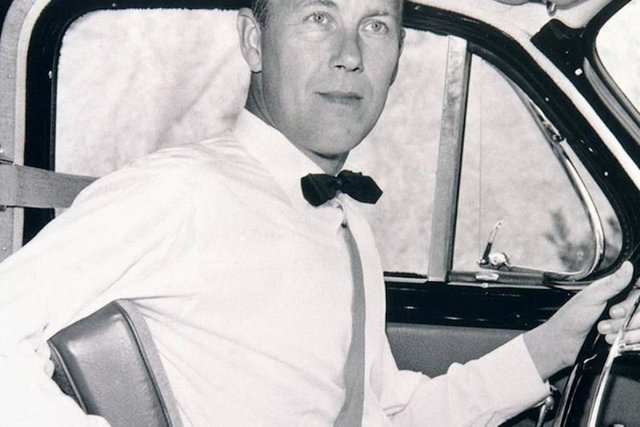 Nils Bolin
Nils Bolin
The author of the same standard to date three-point belts was an engineer at Volvo Nils Bolin. As the inventor himself, who previously worked on Saab planes, noted, pilots are ready to fasten as many belts as they need to save their lives, and drivers are not ready to endure even a minute inconvenience, so the design of the belt should be simplified as much as possible. That's why he simplified the already patented three-point belt with a buckle on his belt and suggested a belt that could be buttoned in one move in just a second. In 1959, the Volvo PV444 model was introduced, in which this belt was optional, and a little later they began to equip all Volvo Amazon cars for the Swedish market and from 1963 - all over the world. The Swedish company patented its development, but allowed all automakers to use it for free. Now, Volvo is proud to say that in every car there is a piece of Nils Bolin's work.
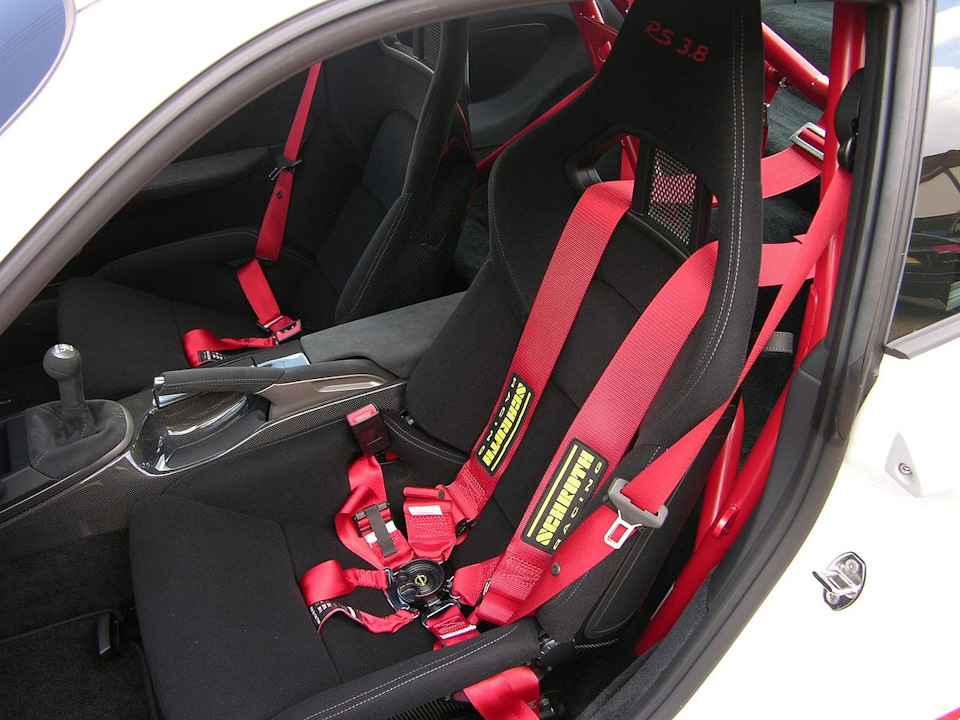
Now in the auto industry you can find not only three-point belts, but also four-, five- and six-point ones. Four-point often used for tuning serial cars - they provide greater safety in a collision and are quite user-friendly. Five-point used in children's chairs and motorsport, include one strap between the legs. Six-pointers are applicable in some types of professional motor sport.
Despite thousands of lives saved, consumers have long treated the straps as an imposed option and argued that the strap can suffocate and cause further damage. For many years, the waist belt coexisted with a three-point belt and large automakers completely abandoned it only in 2007, and before that, it was still encountered in the rear seats.
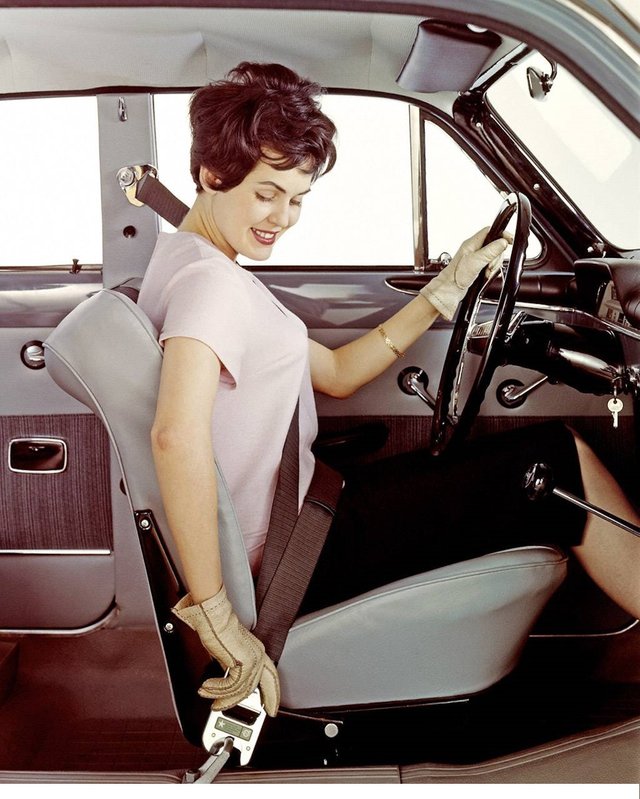
Despite the relative simplicity of the design, the safety belt continues to evolve. In the 60's, the belts became inertial (they were pulled themselves in when unfastening), and also kept the passenger in a collision, not stretching when sharp jerks.
In the 70's appeared annoying buzzer and an indicator on the instrument panel, reminiscent of an unfastened belt. As many of you know, in order to avoid annoying ringing, many drivers fasten the belt behind their backs, but manufacturers have tried to deal with this as well. Special modules were installed, reading the sequence of actions: opened, sat down, buckled up, started. If the position was "buckled" in a different order or absent, the module did not allow the car to start. However, the system showed itself not very reliable and also met the indignation of drivers.

In 1981, the Mercedes-Benz S-Class as standard equipment appeared prednatyazhitel, which tightens the belt at the time of the accident, preventing the body of passengers to move, and helps to avoid injuries in this regard. Initially, the pretensioner was driven by a pyro cartridge and worked simultaneously with the airbag, which made it one-off, but now the mechanism is more perfect and is designed to work not only in the event of an accident, but also with sudden braking, acceleration and sharp turns.
Starting in 2013, on some American models, Ford began to offer inflatable belts. Its upper part, in the case of an accident, inflates, which allows you to better lock the passenger and avoid injuries from the belt itself.
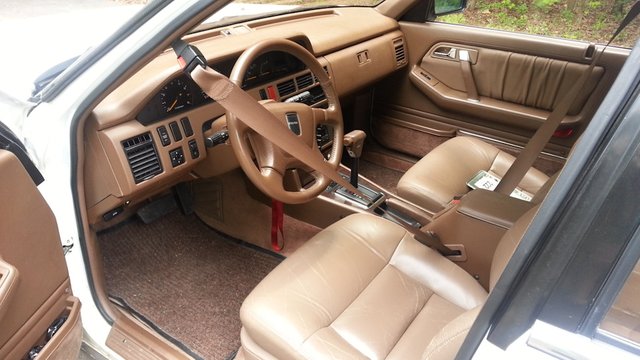
In the early 70's automakers began to introduce an automatic safety belt for the driver. It was worthwhile to sit down in the saloon and start the engine, as an intermediate buckle with a belt came from the middle post to the front rack, actually forcing the driver to buckle up, as the strap interfered with the survey. The most widespread system was in the States, but with the advent of side airbags, its popularity has declined.
It would seem that a completely unpretentious mechanism saves thousands of lives every year and, importantly, does not cease to improve even today.